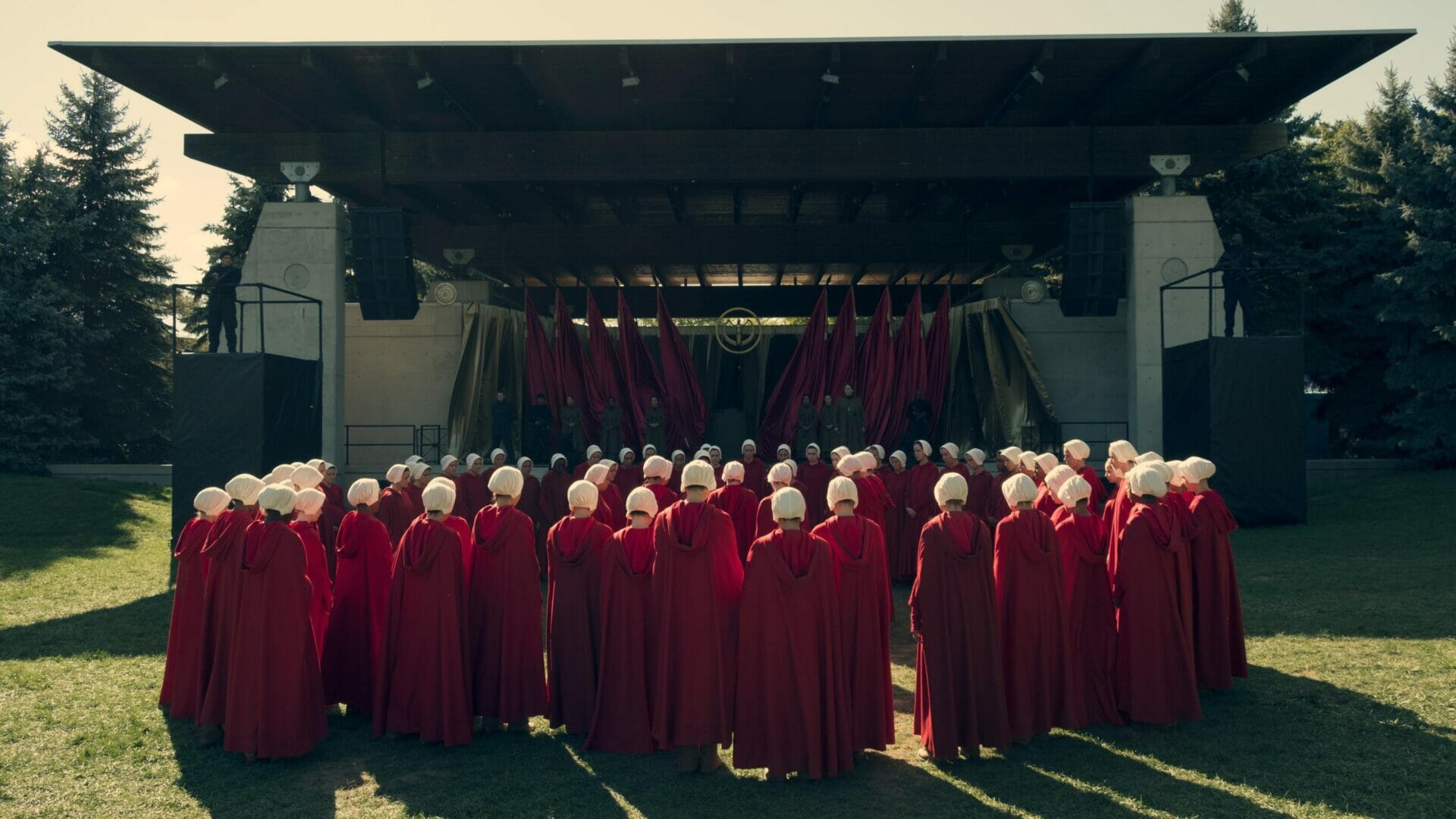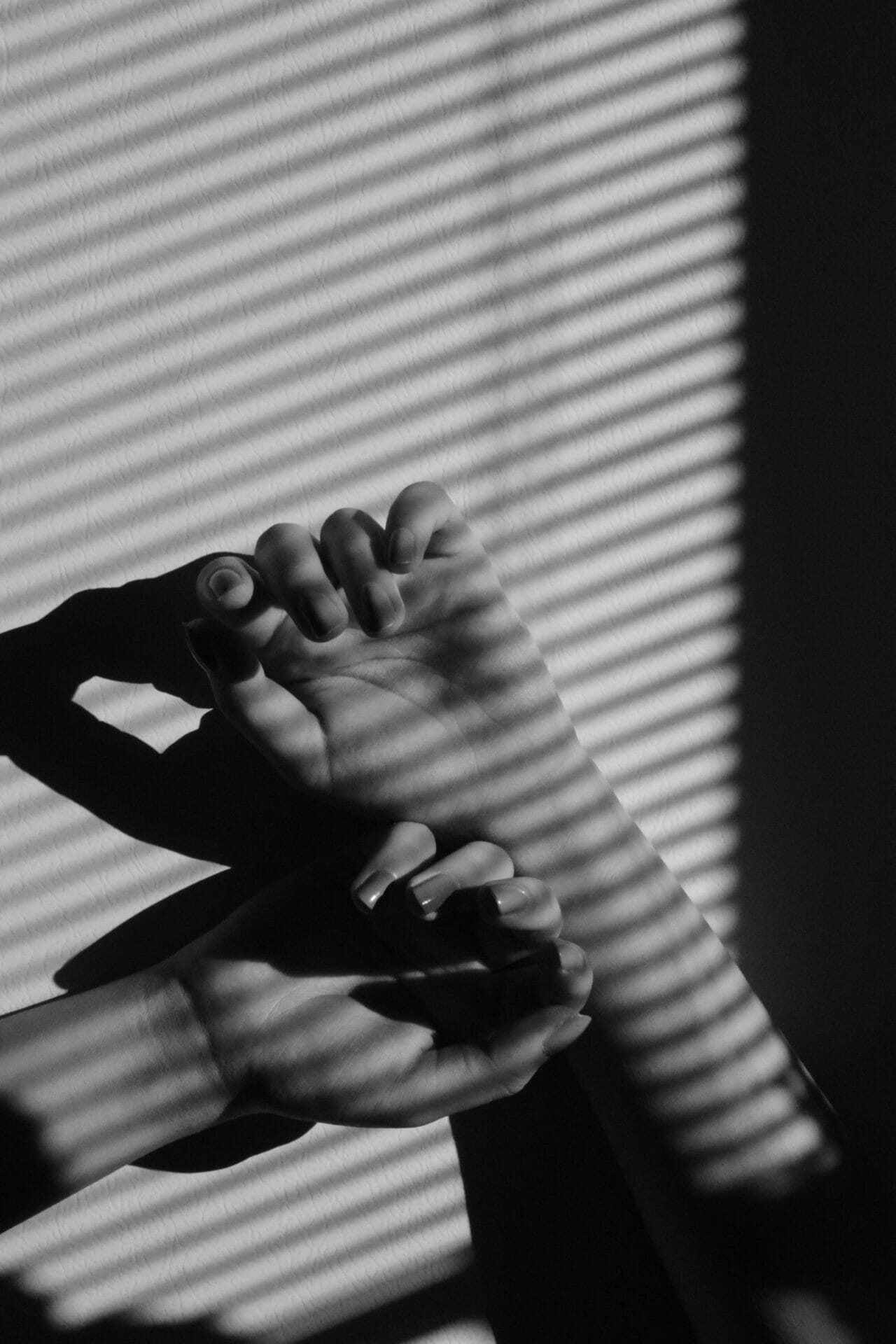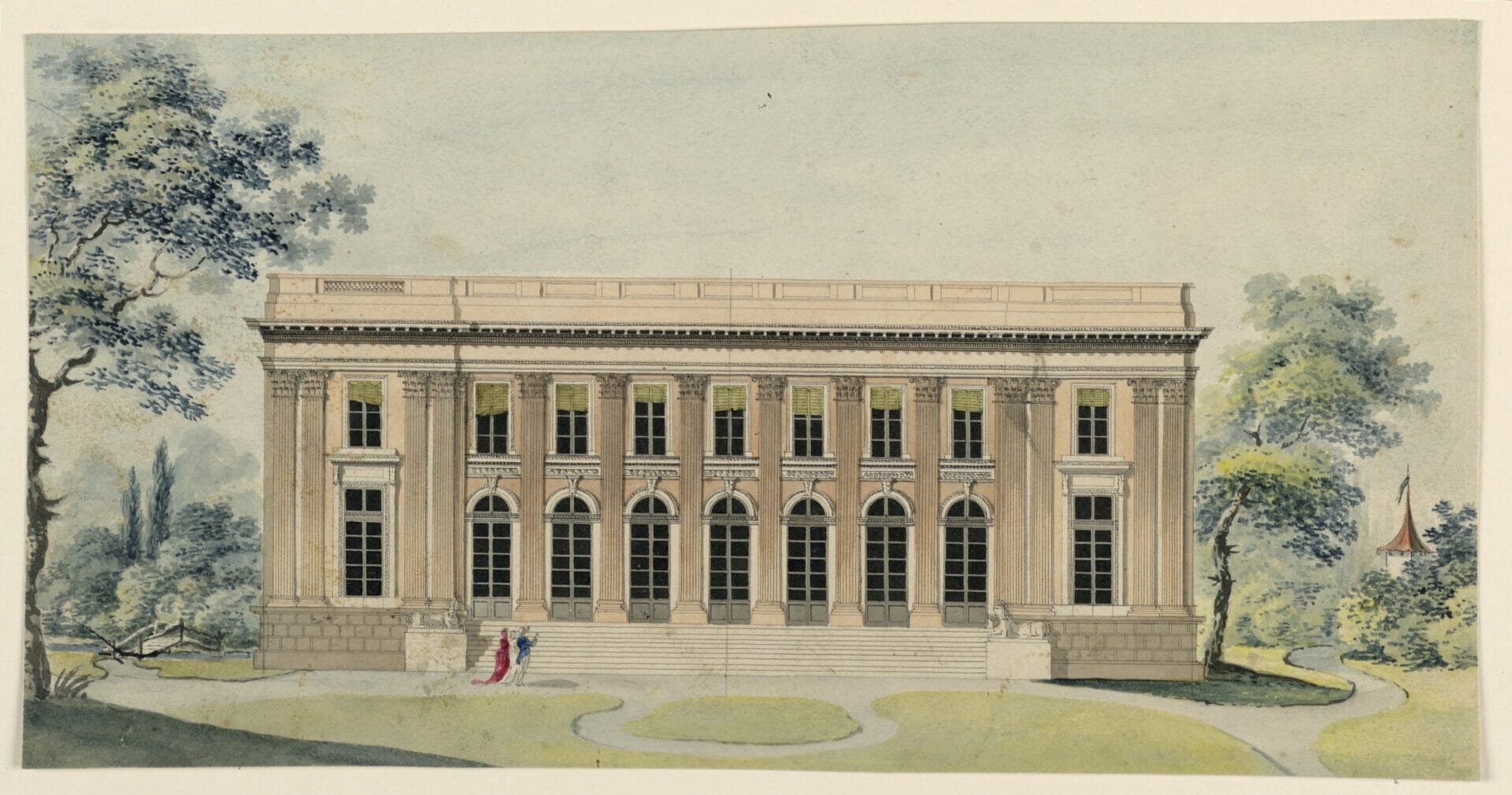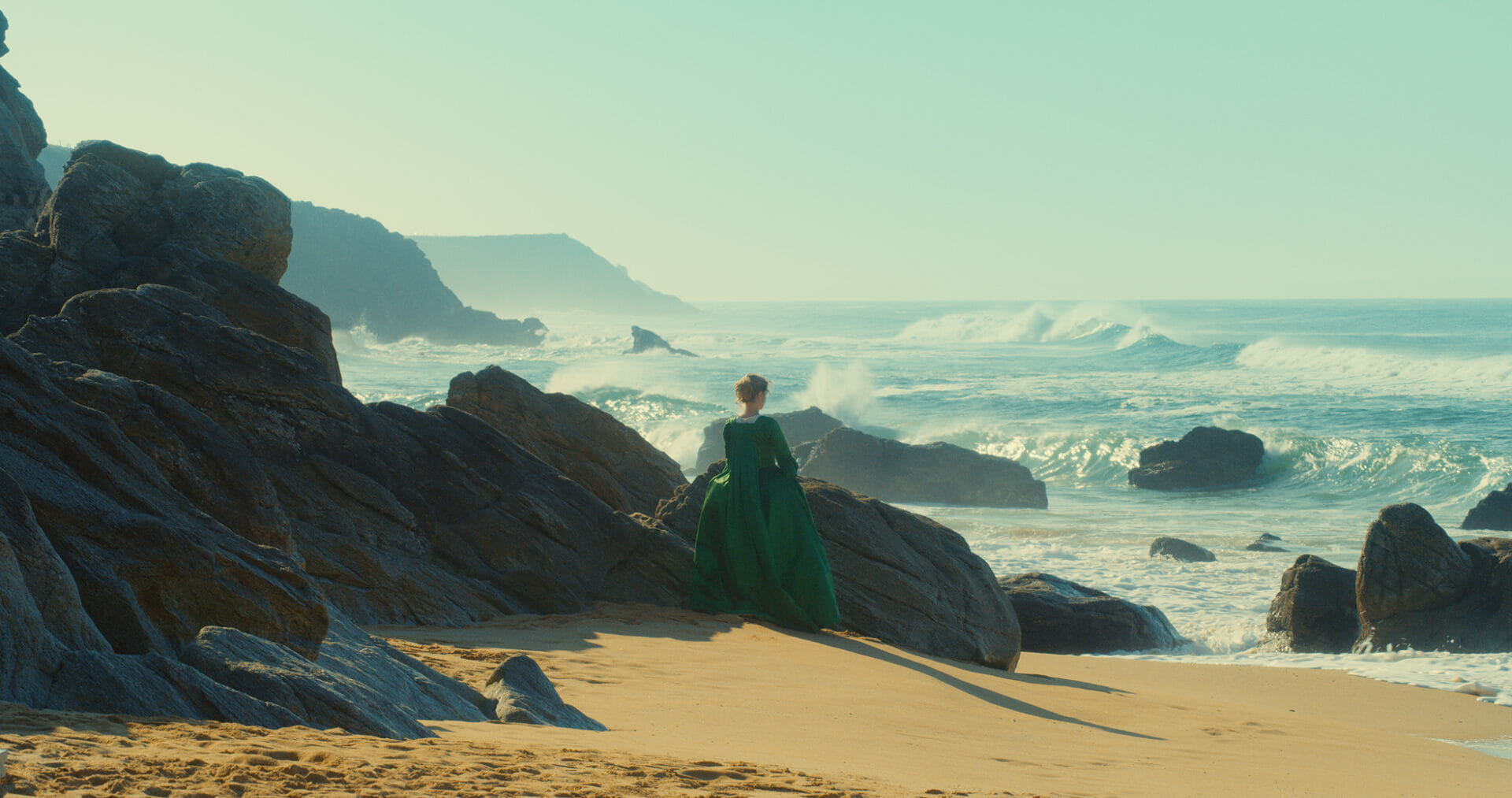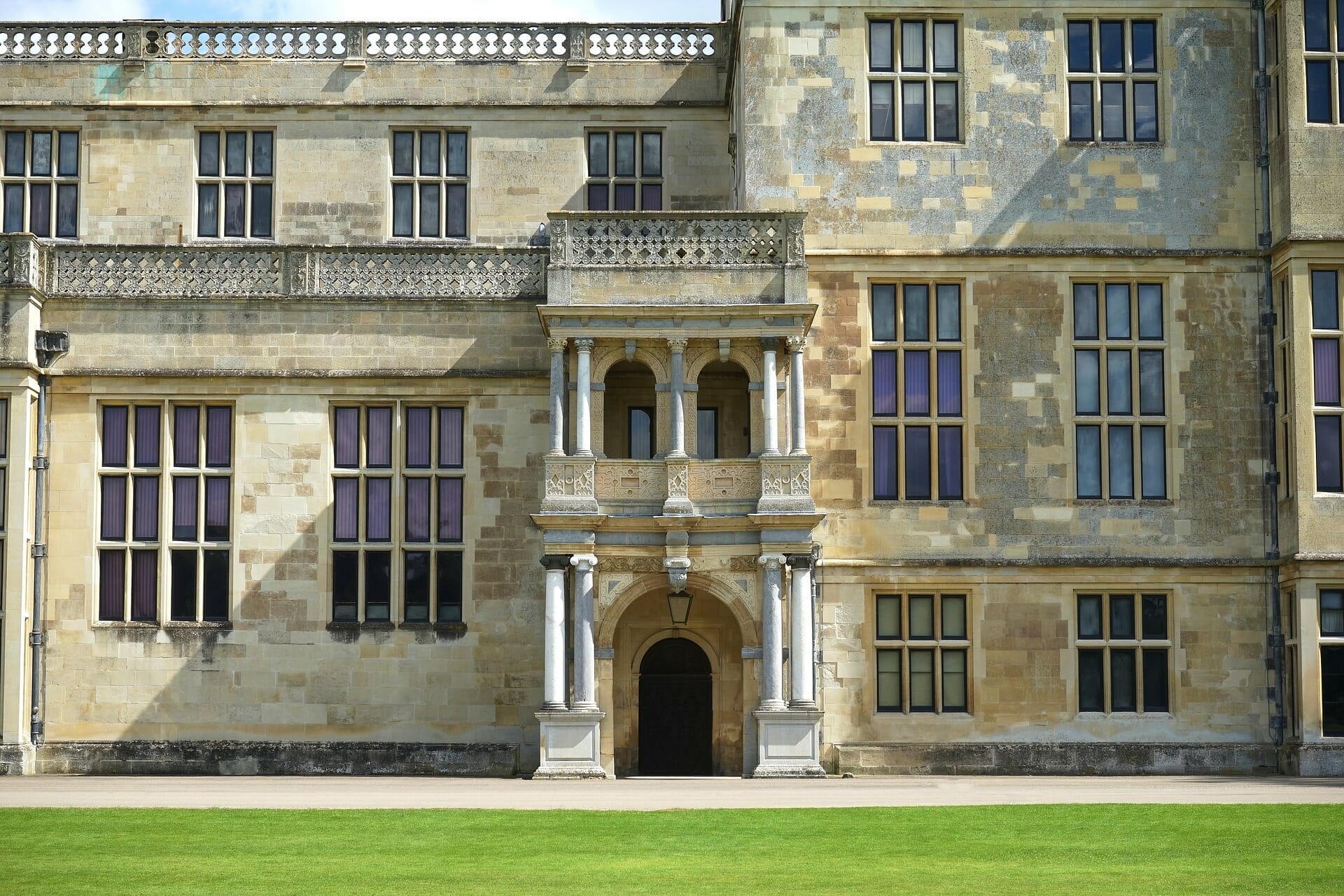
Jane Eyre | An inner journey towards emancipation
Author
Year
Format
Charlotte Brontë wrote the novel Jane Eyre in 1847 under the pseudonym of Currer Bell. Thanks to this artifice, she could preserve at least her initials. During the Victorian Age, many female writers used male pen names. In that way, there were more chances of being published. Even Emily and Anne, Brontë’s sisters, published their books under male pseudonyms, respectively Ellis Bell and Acton Bell.
As Brontë declared,
We did not like to declare ourselves as women, because we had a vague impression that authoresses are liable to be looked on with prejudice. We had noticed how critics sometimes use for their chastisement the weapon of personality, and for their reward, a flattery, which is not true praise.
She also wrote The Professor and Villette, but her most known novel remains undoubtedly Jane Eyre.
Unlike Wuthering Heights, written by her sister Emily, Jane Eyre was an immediate success, to the point that within three months of the first edition, a second one was released.
Not the typical Victorian novel
Jane Eyre is considered ahead of its time because of how it approaches the topics of class, sexuality, religion, and feminism.
It is set during the Victorian Age when the ideal woman was the angel of the hearth, a pure, obedient, and submissive being. But Jane Eyre is not the typical Victorian novel. It is not an instructive novel, like David Copperfield by Charles Dickens. On the contrary, it is an inner journey towards emancipation. In fact, the protagonist is not the typical romantic heroine: she is not pretty and does not need to be rescued. Jane possesses a sense of self-worth and dignity, along with an intense need for autonomy and freedom, that characterizes her since childhood.
Thanks to her studies and readings, she manages to become a governess at Thornfield Hall. There she meets Rochester and falls in love with him; however, she thinks he could never love her because they belong to different social classes. But she is wrong: Rochester loves her as well. He even tries to convince her to stay with him, although he is still legally married to Bertha Mason.
Jane refuses to go against her principles. She believes that living with Rochester while he remains legally tied to Bertha would mean rendering herself a mistress and sacrificing her own integrity for emotional gratification. So she leaves Thornfield at dawn even if she has no money or a place to go.
The importance of economic independence
Life at Moor House tests Jane in the opposite manner. She arrives there after wandering for a very long time. At Moor House, she enjoys economic independence and engages in worthwhile and useful work, teaching the poor; yet, she lacks emotional sustenance. So although St. John, an ecclesiastic, proposes marriage, offering her a partnership built around a common purpose (a mission to India), Jane knows their marriage would remain loveless.
Her love and respect for herself make her aware that she has certain rights. She has the right to have a complete relationship, including the sexual sphere. It may seem obvious nowadays, but Victorian society was highly hypocritical and hid desires and drives under a veil of false purity. For a very long time, female desires remained taboo. The common opinion was that the woman’s role was only to have children. Jane bravely goes against these stereotypes, refusing St. John’s proposal.
An equal relationship
What is thus an equal relationship between man and woman? Brontë tries to give readers an answer with the relationship that Jane and Rochester have at the end of the novel. Jane has come to Rochester a second time in economic independence, thanks to the large inheritance she received and by free choice. Now she and Rochester are on the same level. Moreover, he needs her because he remained blind in a fire caused by Bertha.
Jane can finally marry him. Brontë’s heroine has thus achieved everything she wanted: she is married to the man she loves and does not depend on anyone. She thus represents an excellent example of women’s independence.
This novel inspired many media representations, such as stage adaptations, four BBC television series, and more than ten different movies. One of them, produced in 1944, included actors like Orson Welles and Joan Fontaine. The last one, released in 2011 and directed by Cary Fukunaga, tells Jane’s story through a series of flashbacks.
Tag
Buy a ☕ for Hypercritic







